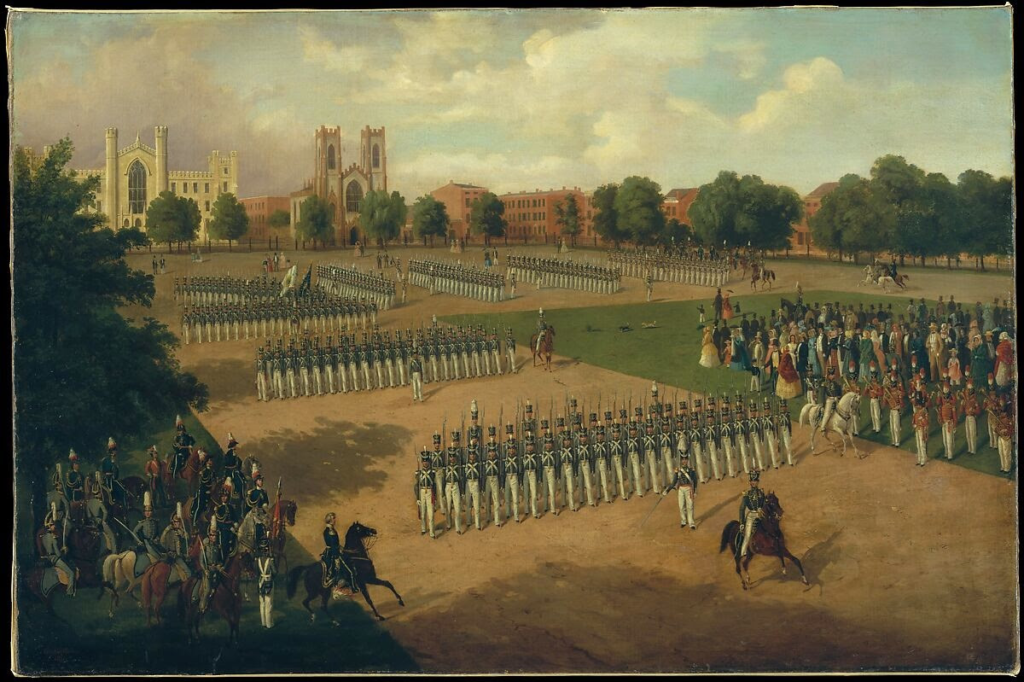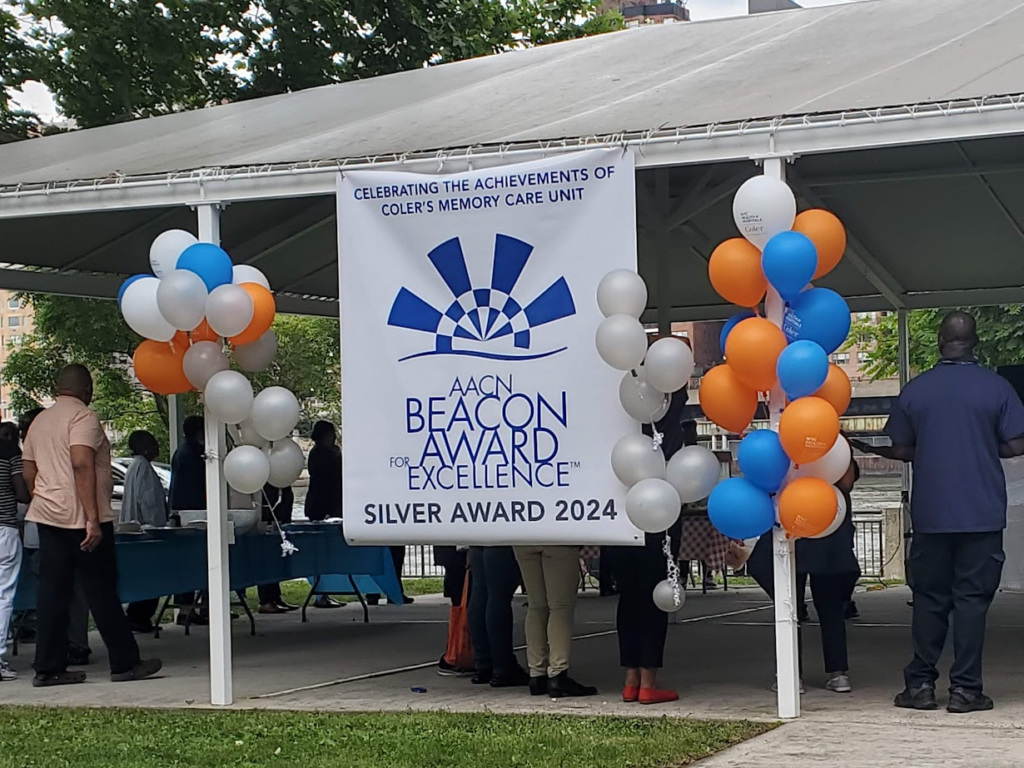Thursday-Friday June 13-14, 2024 – FROM A PARADE GROUND TO A PUBLIC PARK


What Washington Square looked like when it was a military parade ground
THURSDAY-FRIDAY, JUNE 13-14 ,2024
ISSUE # 1253

What Washington Square looked like when it was a military parade ground
Washington Square has been many things throughout New York City history.
In the 17th century, it was a marshy hunting ground, according to NYC Parks; two centuries later, it served as a potters field, execution site, and then a neighborhood park bordering an elite residential enclave.
The 20th century brought artists, protestors, NYU students, and park-goers enjoying the car-free ambiance.

But in 1826, Washington Square was rebranded as the Washington Military Parade Ground, a place where military exercises were conducted with soldiers in uniform.
Though the Square became an official public park in 1827, military regiments still gathered there—as this lithograph from 1851 reveals.
Click it to enlarge and take a look at this rich scene. It was painted by Otto Boetticher, a German immigrant turned New Yorker who enlisted to fight for the Union in 1861 and spent time in a Confederate prison camp.
But a decade before that, he captured the city’s Seventh Regiment “on review,” along with what look like well-to-do civilians in the park, the low-rise houses of University Place and West Fourth Street in the distance.
“In the background are two Gothic Revival–style edifices, New York University’s main building (also known as the University Building), to the left, and the Reformed Dutch Church, toward the center; both were demolished in the early 1890s,” states Metmuseum.org, which has this lithograph in its collection.
A piece of the 1830s city on West Fourth Street
In 1894, New York University tore down the 1835 Gothic Revival beauty that was the school’s main building.

For six decades, it anchored the college community and watched the neighborhood go from posh and stylish to more bohemian and rougher around the edges.
By the 1890s, NYU had decided to move its undergraduate school to the Bronx, and the main building had outlived its usefulness.
Lucky for us, when the building met the bulldozer, NYU officials saved one architectural detail: a small spire, complete with a handful of grotesques.

They ceremoniously named it the Founder’s Memorial and brought it to the new Bronx campus, where it spent most of the 20th century.
But the Bronx campus was sold off in the 1970s, and NYU once again concentrated its educational offerings in Greenwich Village. When the school came back, the spire came returned as well.
Today it sits off West Fourth Street between Bobst Library and Shimkin Hall, a modest sliver of the 1830s hiding in the shadows of the modern city.
Thanks to the overwhelming support of our islanders and many others who have come forward to learn about this project, The initiative to protect Coler is still in its planning stages. We hope to form a productive working relationship and find the best possible solution. All part of our island community will be able to participate.
Judith Berdy

COLER STAFF CELEBRATES
The Beacon Award for Excellence
FROM THE
AMERICAN ASSOCIATION OF CRITICAL CARE NURSES
THEIR RECEIVING A PRESTIGIOUS AWARD FOR
EXCELLENT CARE OF MEMORY UNIT RESIDENTS.
For patients and their families, the Beacon Award signifies exceptional care in a unit that puts patients first. For nurses, this award can mean a positive and supportive work environment with greater collaboration, higher morale and lower turnover.
The Beacon Award program comprises three distinct modules: Patient Outcomes, Work Environment and Nursing Workforce. While units must complete all three modules to be eligible for the Beacon Award, a unit may still receive recognition for top-tier performance at the module level even if only one module is completed.
CREDIT
EPHEMERAL NEW YORK
Tags: Building Spire NYU, Founders Memorial NYU, New York in the 1830s, NYU history, NYU in Greenwich Village, Washington Square 19th centur
All image are copyrighted (c) Roosevelt Island Historical Society unless otherwise indicated
THIS PUBLICATION FUNDED BY DISCRETIONARY FUNDS FROM CITY COUNCIL MEMBER JULIE MENIN & ROOSEVELT ISLAND OPERATING CORPORATION PUBLIC PURPOSE FUNDS.


Copyright © 2024 Roosevelt Island Historical Society, All rights reserved.Our mailing address is:
rooseveltislandhistory@gmail.com

Leave a comment